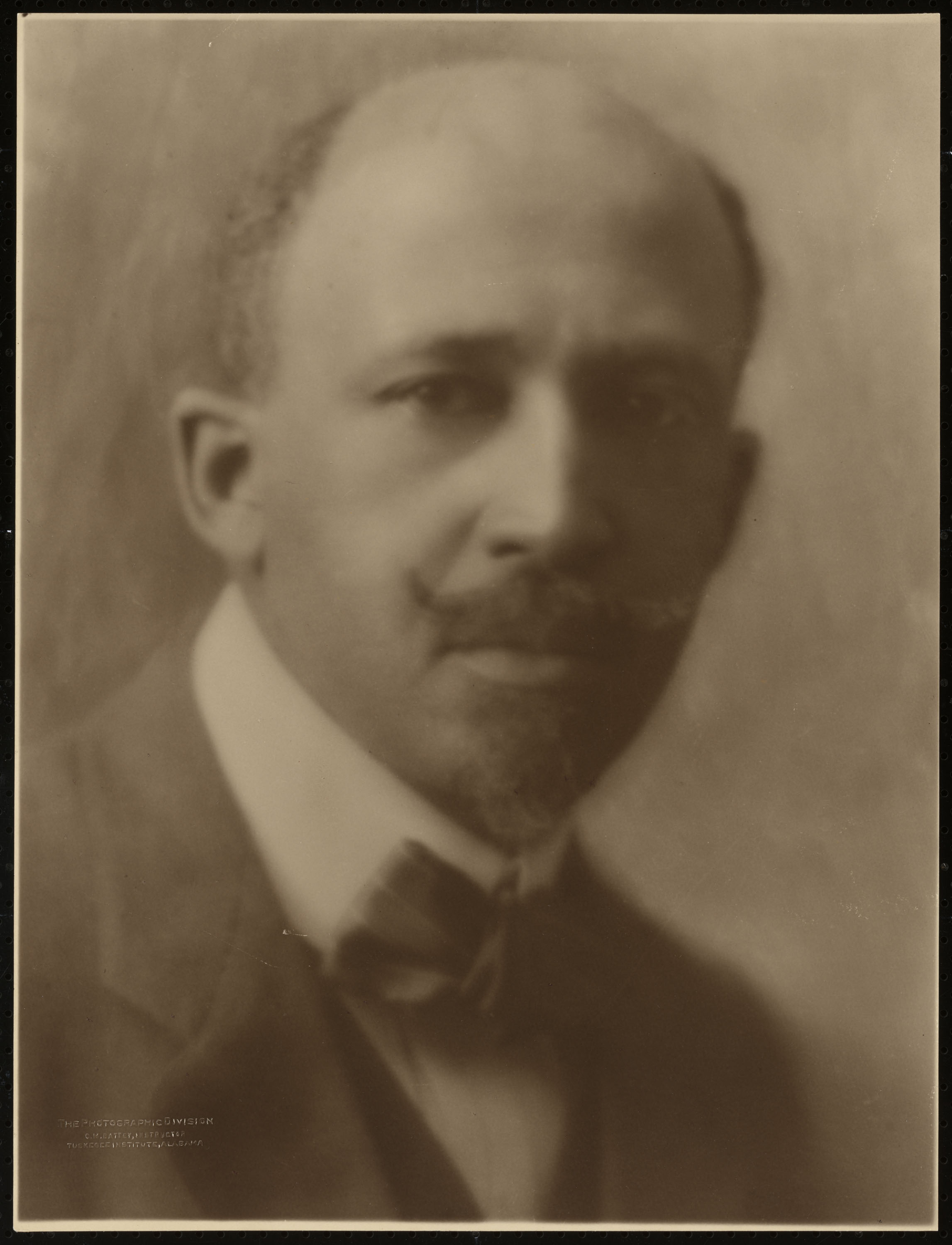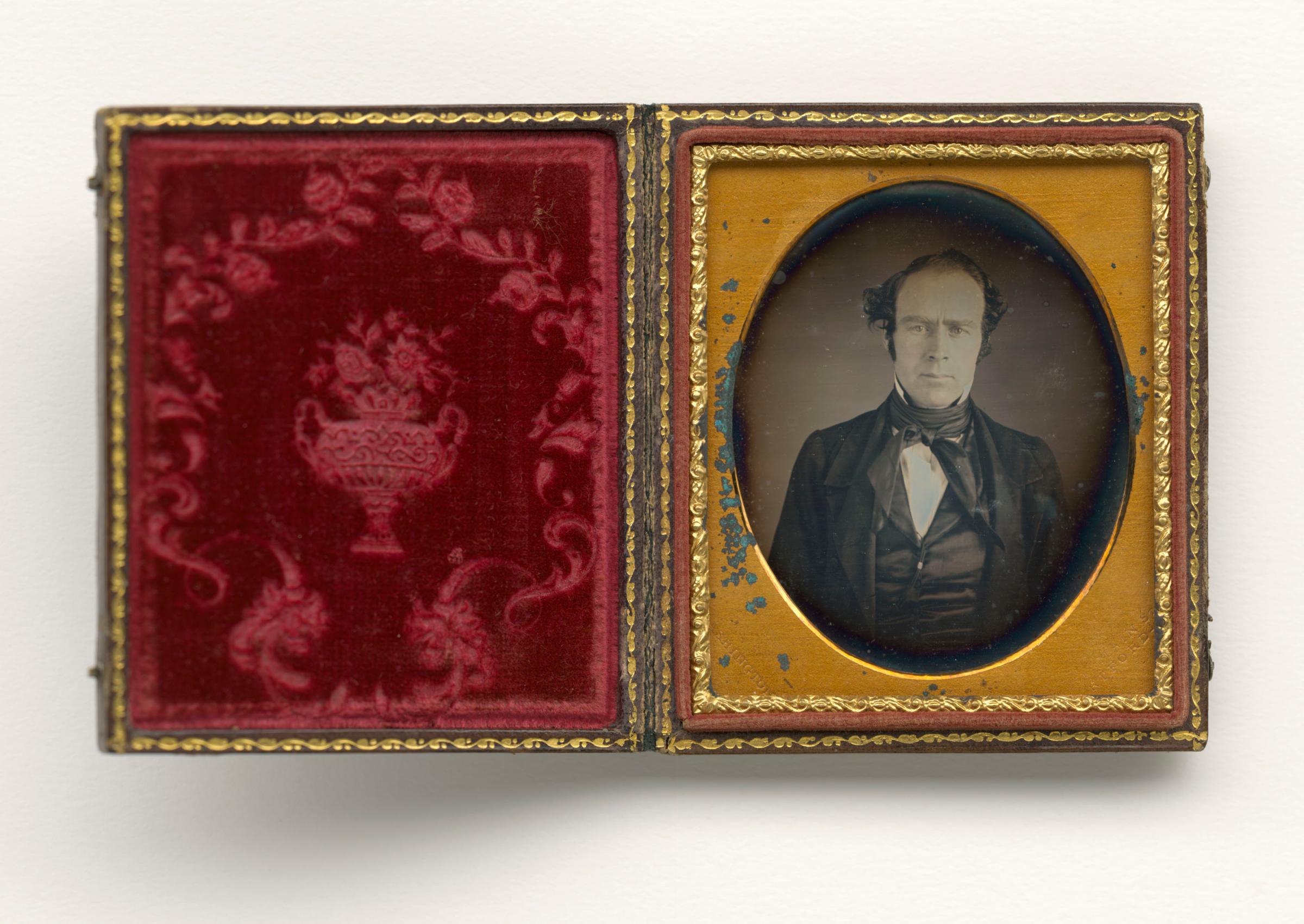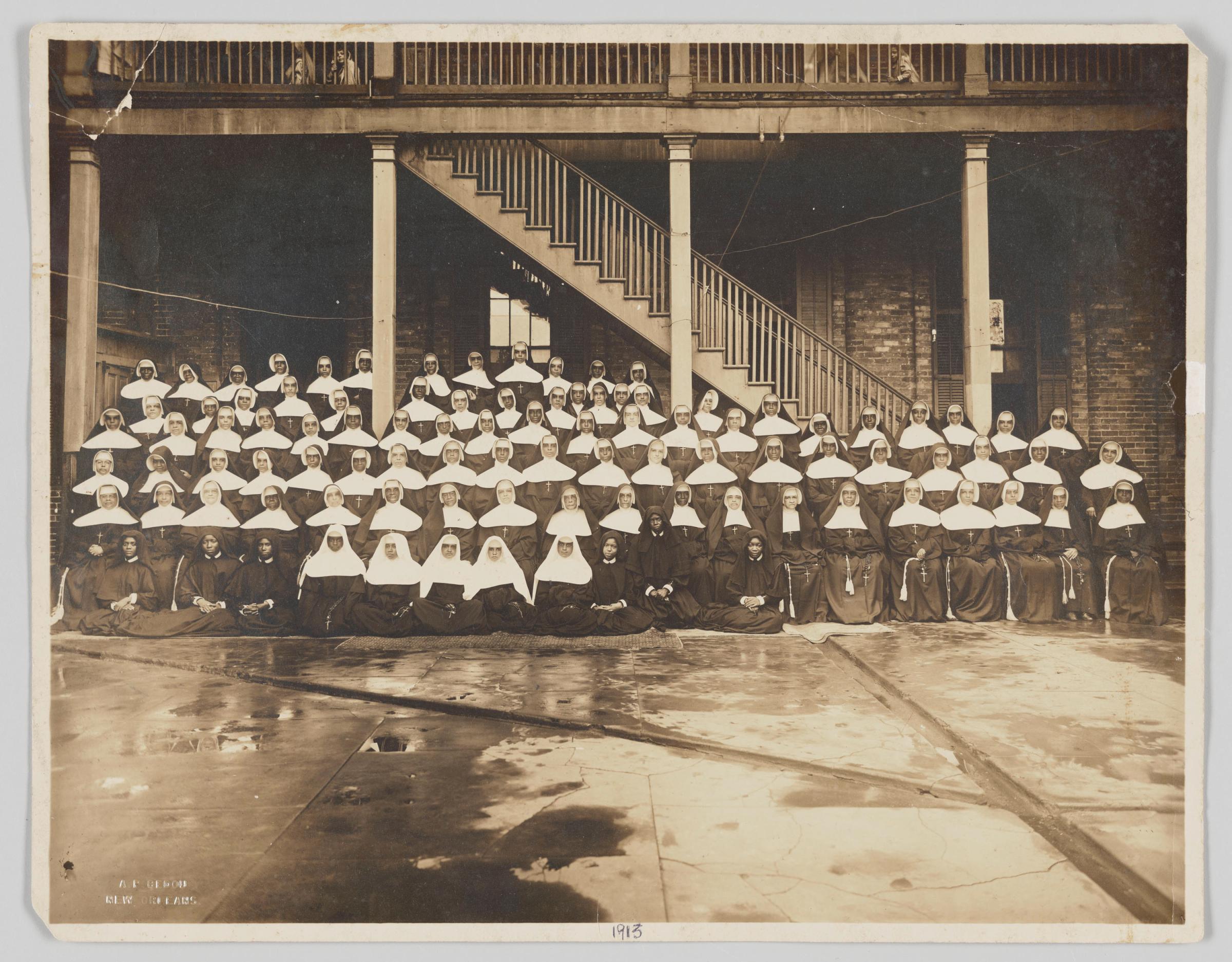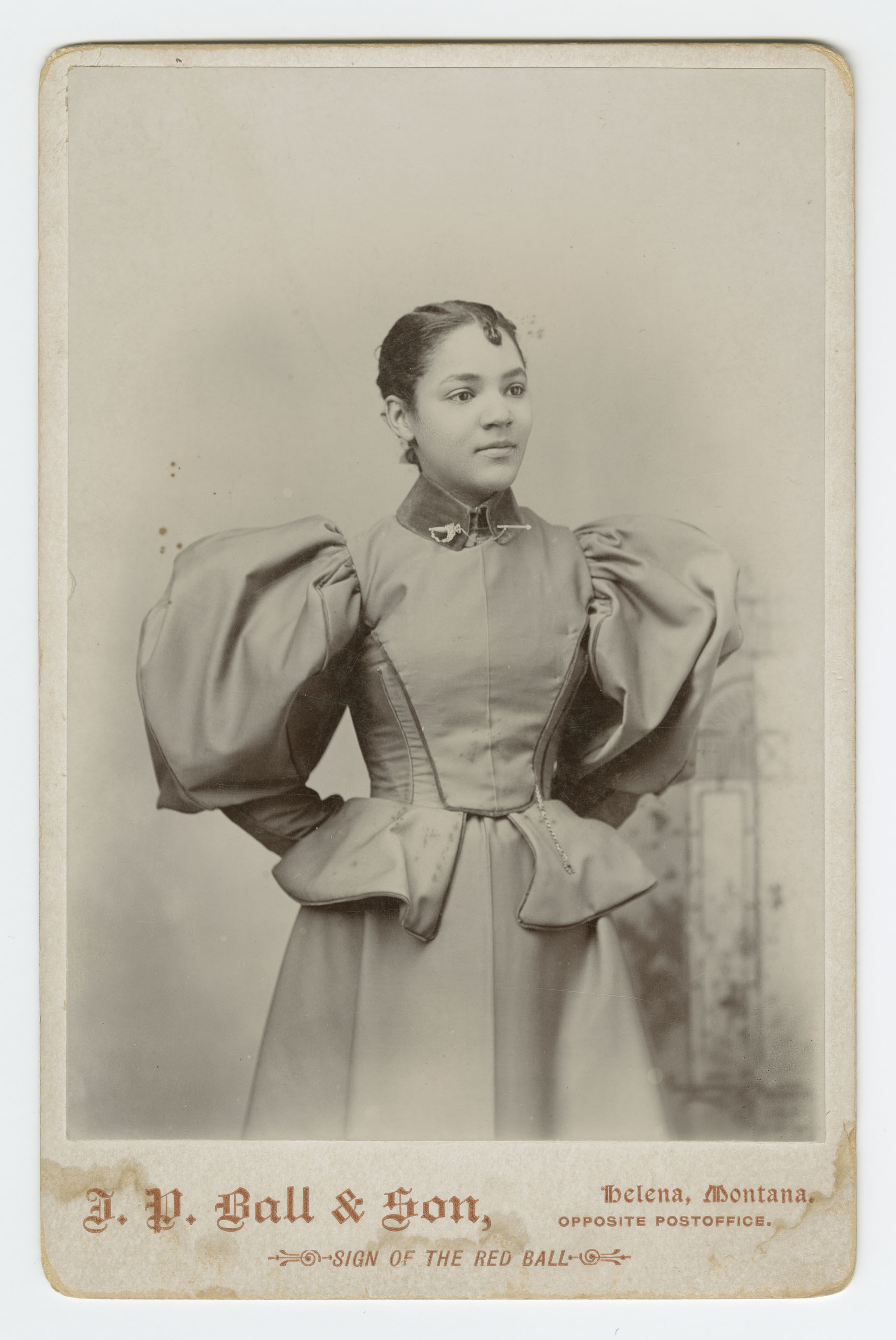
African Americans were among the first photographers in the United States. Some white photographers created sympathetic portraits of black people. However, black photographers shared a personal stake in portraying black subjects respectfully, and in affirming the worth not only of each person, but of the entire race.
The earliest photographic process popularized in the United States was the daguerreotype, which produced mirrorlike images in extraordinarily fine detail. Deborah Willis has documented fifty black daguerreotypists who operated studios in American cities. Two of these pioneers, Augustus Washington and James Presley Ball, are represented in the National Museum of African American History and Culture’s collection. Although daguerreotypes were fragile, they were usually encased so that they could be handled and travel more safely. At home or on the road, these photographs helped people remember those who were important to them and, when shared, prompted stories about them. Because these images were not easily reproduced, viewing them likely occurred primarily within family or social circles.
In the early 20th century, many black photographers committed to the powerful idea of the New Negro. Promoted by intellectuals such as Alain Locke and W. E. B. Du Bois, the New Negro had at its core race pride, self-reliance and the expectation of equal rights. In the book Pictures With Purpose: Early Photographs from the National Museum of African American History and Culture, Tanya Sheehan discusses the work of black photographers such as Cornelius M. Battey, Arthur P. Bedou, John Johnson and Addison N. Scurlock, whose photographs of men, women, and children embodied racial pride. Many were reproduced widely in the black press and were intended to provide models for black audiences.
These self-affirming photographs surely had a significant impact on African Americans. They declared black people’s worth, both as individuals and as a group, within a larger society that often denigrated them. The exact meaning of any image is personal, but in viewing dignified portrayals of themselves, African Americans must have found inspiration, pride, and solace. Today, these pictures are still captivating, encouraging us to celebrate the agency and aspirations of legions of black people, behind and in front of the camera.
Adapted from “The Social Lives of Photographs” by Laura Coyle and Michèle Gates Moresi in Pictures With Purpose: Early Photographs from the National Museum of African American History and Culture, part of the Double Exposure series from the National Museum of African American History and Culture. To be published by D Giles Ltd. and the NMAAHC in March.
Correction, March 4:
The original version of a photo caption in this gallery contained a misspelling of the name of a photographer’s studio. Addison N. Scurlock’s studio was the Scurlock Studio, not the Shculock Studio.





More Must-Reads from TIME
- Cybersecurity Experts Are Sounding the Alarm on DOGE
- Meet the 2025 Women of the Year
- The Harsh Truth About Disability Inclusion
- Why Do More Young Adults Have Cancer?
- Colman Domingo Leads With Radical Love
- How to Get Better at Doing Things Alone
- Michelle Zauner Stares Down the Darkness
Contact us at letters@time.com